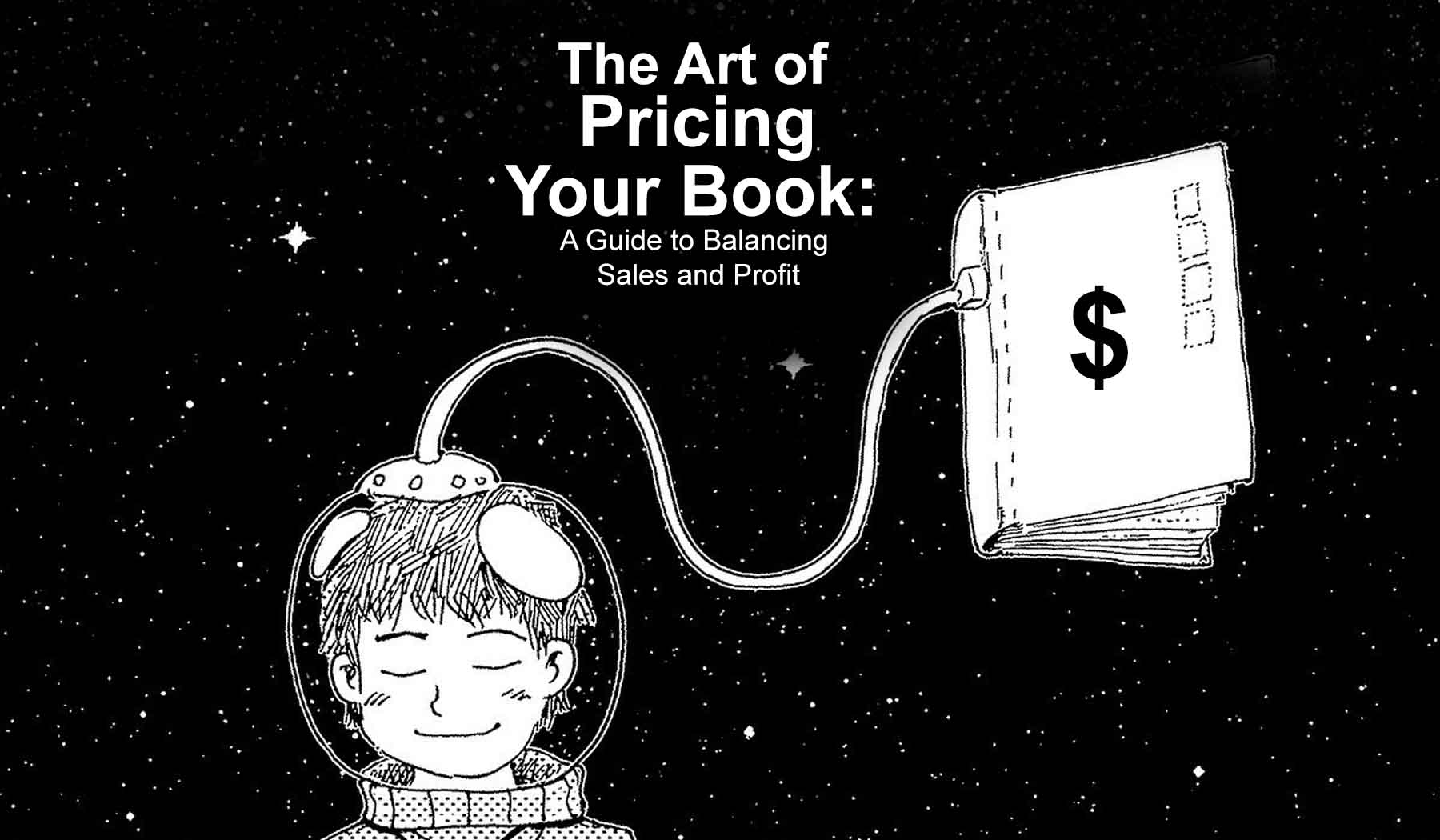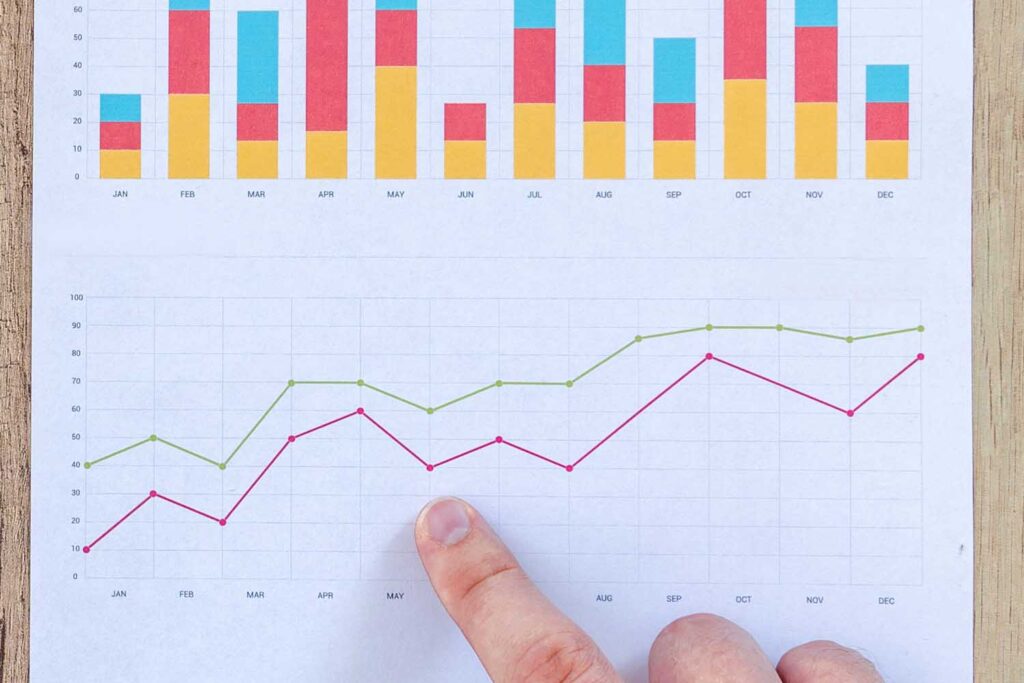Setting the right price for your book is a critical aspect of your publishing journey.
While you want to maximize sales and reach a wide audience, it’s equally important to ensure that your pricing strategy generates a reasonable profit.
Striking a balance between these two objectives can be challenging, but with careful consideration and analysis, you can determine an optimal pricing strategy that meets both goals.
In this blog post, we will delve into the key factors to consider when pricing your book and provide practical tips to help you achieve the perfect balance between sales and profit.
Understand Your Costs
Before setting a price for your book, it’s essential to have a clear understanding of your costs.
Consider the following elements that contribute to your overall expenses:
- Production Costs: Calculate the expenses associated with writing, editing, designing, and formatting your book. This includes any professional services you’ve enlisted to enhance the quality of your manuscript.
- Printing Costs: If you plan to offer physical copies of your book, factor in the expenses related to printing, including the number of copies and their format (hardcover, paperback, or both).
- Distribution Costs: Account for the fees charged by online platforms, distributors, or retailers when selling your book. This may include commissions, delivery charges, and marketing expenses.
By understanding your costs, you can establish a baseline price that covers your expenses and ensures a reasonable profit margin.
Research Your Market
To effectively price your book, you need to be aware of the current market trends and understand your target audience.
Here are some steps to conduct market research:
- Analyze Comparable Books: Identify books similar to yours in terms of genre, style, and target readership. Examine their pricing strategies and sales performance to gain insights into competitive pricing ranges.
- Consider Your Target Audience: Understand the demographics, preferences, and purchasing power of your target readers. Assess how price-sensitive they are and what they consider reasonable for a book of similar quality and content.
- Monitor Industry Standards: Stay updated on industry pricing standards and trends. Look for reports, articles, and discussions related to book pricing to gain a broader perspective.
By researching the market, you can position your book competitively while taking into account your target audience’s expectations.
Determine Your Pricing Strategy
Once you have a clear understanding of your costs and market dynamics, you can develop a pricing strategy that aligns with your goals.
Consider the following strategies:
- Cost-Plus Pricing: Add a predetermined markup to your production and distribution costs to arrive at a price. This straightforward approach ensures you cover your expenses and generate a predictable profit.
- Competitive Pricing: Set your book’s price in line with comparable books in the market. This strategy aims to attract price-sensitive readers who are more likely to purchase your book over competitors.
- Value-Based Pricing: Assess the unique value proposition of your book, such as expertise, exclusivity, or novelty. Price your book based on the perceived value it offers to readers, allowing you to command a higher price.
- Promotional Pricing: Consider offering temporary discounts or limited-time promotions to encourage initial sales or boost visibility. This strategy can help create buzz and attract new readers.
It’s important to note that pricing strategies may evolve over time, so regularly evaluate their effectiveness and make adjustments as needed.
Test and Iterate
Once you’ve established an initial price for your book, consider implementing a testing and iteration phase to fine-tune your strategy.
Here’s how you can proceed:
- Monitor Sales and Feedback: Keep a close eye on your book’s sales performance and gather feedback from readers. Look for patterns and insights that can inform your pricing decisions.
- Adjust Pricing: Based on the data collected, make calculated adjustments to your pricing strategy. This could involve increasing or decreasing the price to find the sweet spot that maximizes both sales and profit.
- Run Limited-Time Offers: Experiment with temporary price reductions or promotional deals to gauge their impact on sales and profitability. Analyze the results to determine if such strategies are effective in achieving your goals.
- Consider Bundle Pricing: Explore the option of bundling your book with related content, such as a companion guide or bonus materials. This can add value to the overall package and allow for a higher price point.
- Seek Feedback from Industry Professionals: Connect with authors, publishers, or industry experts to gather insights on pricing strategies. Attend conferences or join writing communities to engage in discussions and learn from others’ experiences.
By continuously testing and iterating, you can optimize your pricing strategy to achieve the delicate balance between sales and profit.
Consider Digital Pricing Factors
In today’s digital age, it’s crucial to consider factors specific to digital book sales.
Here are some considerations for pricing your e-book:
- Distribution Costs: Since e-books eliminate printing and shipping expenses, you have more flexibility in pricing. However, factor in any fees charged by digital platforms or distributors when determining your e-book price.
- Price Elasticity: Digital books are often priced lower due to the higher price sensitivity of online readers. Consider the demand elasticity of your target audience and adjust your price accordingly.
- Cross-Platform Pricing: If you sell your e-book on multiple platforms, be mindful of the pricing policies and competitive landscape on each platform. Adjust your prices to remain competitive while maximizing profit across different channels.
- Consider Package Deals: Explore the option of offering your e-book as part of a subscription service or in bundles with other authors’ books. This can provide additional exposure and potentially increase your overall earnings.
Monitor and Adapt
Once your book is on the market, your pricing journey doesn’t end.
It’s crucial to continually monitor the performance of your book and adapt your pricing strategy accordingly.
Consider the following:
- Analyze Sales Data: Regularly review your sales data, including units sold, revenue generated, and conversion rates. Identify patterns or trends that can help you refine your pricing strategy.
- Track Customer Feedback: Pay attention to reviews, comments, and direct feedback from readers regarding the price of your book. This can provide valuable insights into how your target audience perceives the value you offer.
- Stay Abreast of Industry Changes: Keep up with evolving market trends, competition, and industry standards. Stay informed about new pricing strategies or platforms that could impact your book’s sales potential.
- Experiment with Pricing: Occasionally, try adjusting your prices to test their impact on sales and profitability. Launch limited-time promotions or discounts to attract new readers or revive interest in your book.
Remember, pricing is not set in stone, and making adjustments based on market feedback and changing circumstances can help you optimize your results.
Pricing Your Book is a Crucial Decision that Requires Careful Consideration
Pricing your book is a crucial decision that requires careful consideration and a balance between sales and profit.
By understanding your costs, researching your market, and developing a well-defined pricing strategy, you can find the optimal price point for your book.
Through continuous monitoring, testing, and adaptation, you can fine-tune your pricing strategy to maximize both sales and profitability. Remember, pricing is not a one-time decision but an ongoing process that should align with your goals and resonate with your target audience.









